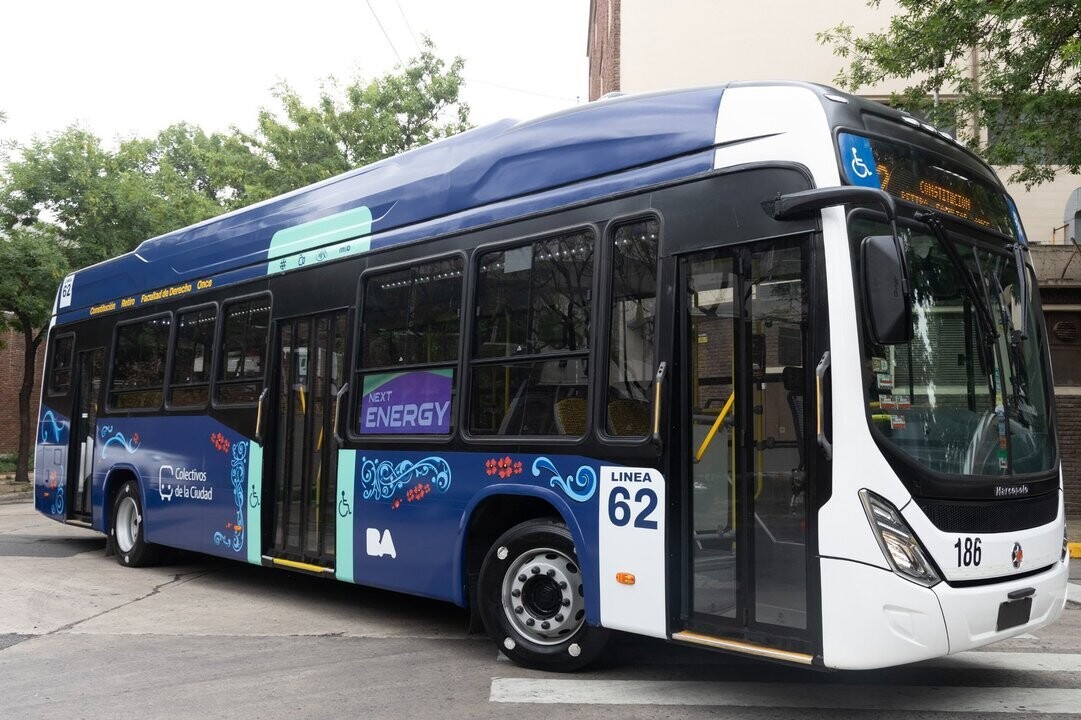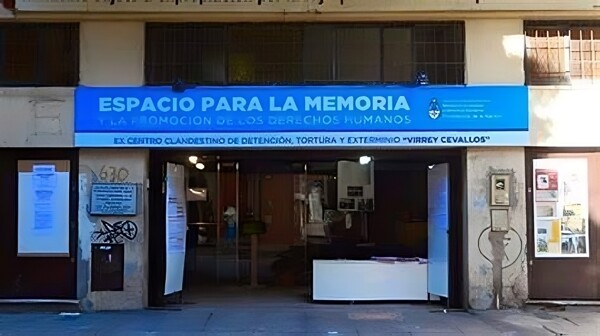
The Government of the City will present the new Integrated Urban Mobility System, a plan designed to improve the transportation of the six million inhabitants who commute daily in Buenos Aires. This project includes the acquisition of 40 carriages for lines A and C, 174 carriages to completely renew line B, and the inauguration of the first line of electric buses.
Jorge Macri, Head of Government, emphasized that the goal is to make getting around the city more comfortable, safe, and quick, through a modern, efficient, and predictable service. Additionally, it seeks to maintain environmental sustainability and promote orderly traffic.
The Ministry of Infrastructure will be renamed the Ministry of Mobility and Infrastructure, reflecting this new approach to managing mobility in Buenos Aires. The purchase of carriages for line B implies the end of a conflict with metro delegates over the presence of asbestos, a material reported as carcinogenic.
The plan provides for a comprehensive redesign of traffic in the city, addressing traffic, bus lines, highways, the extensive network of bike lanes, taxis, the Metrobús, the Premetro, and the Subte. One of the priorities is the renovation of the subway and the Premetro network, with the incorporation of new and modern carriages.
The City will also launch sustainable mobility proposals this year focused on energy transition, such as the TramBUS and the first line of electric buses that will connect Plaza San Martín with Parque Lezama. The possibility of extending this route to La Boca is being studied, covering areas of the center that were left without passenger transport after changes in traditional routes.
To carry out these improvements, a significant investment is planned, benefiting a large number of passengers and improving connectivity throughout the city. Progress will be made in the renovation of highways, expanding the vehicle fleet of the A and C subway lines, and modernizing stations, among other planned works. In addition, new payment systems and innovative transportation services will be implemented.
In summary, the City of Buenos Aires is preparing to transform its urban mobility system, prioritizing comfort, safety, and efficiency, aiming for sustainable and modern transportation that benefits its residents and visitors.














